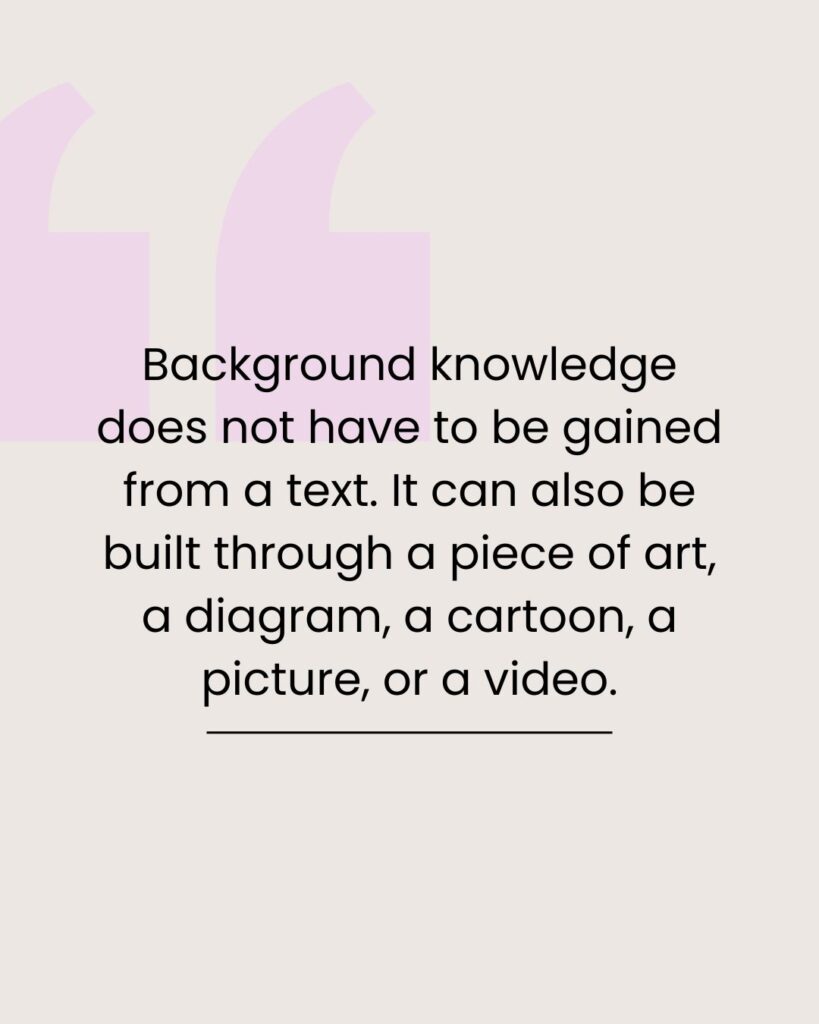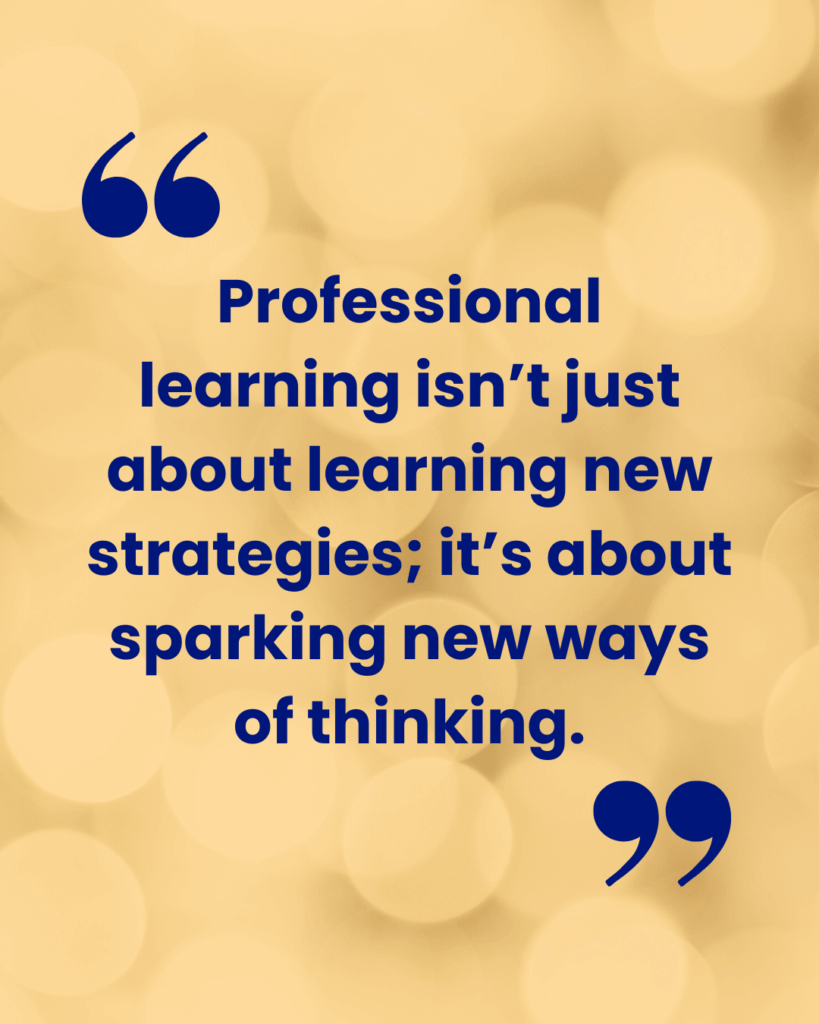When it comes to supporting English Language Learners, we often hear about “activating prior knowledge.” But what if the knowledge we assume students have . . . isn’t there yet? Or, more importantly, what if it looks different from what we expect? The truth is, background knowledge isn’t only built through reading. As cited in…
Blog Posts
Teaching Gen Alpha in the Age of AI
In her recent blog, Dr. Nancy Sulla describes Generation Alpha as learners who “value choice, seek autonomy, expect immediacy of information, and crave authenticity.” These are children who have never known a world without devices, streaming content, or instant answers. They are natural explorers, but only when what they’re exploring feels real. So the challenge…
When Professional Learning Translates to Classroom Transformation
Professional learning isn’t just about learning new strategies; rather, it’s about sparking new ways of thinking. In one middle school classroom, a teacher’s experience in a recent Virtual Learning Community (VLC) on Leveraging AI in Your Classroom sparked that kind of transformation. As a result, traditional lessons evolved into authentic, student-driven experiences that inspired curiosity…
Rethinking Assessment for Future-Ready Learners
The word assessment comes from the Latin assidere, meaning “to sit beside.” That image—teacher and learner side by side—captures what true assessment is meant to be: not judgment, but partnership. As Dr. Nancy Sulla said, “Assessment should not be about what teachers do to students but what students do for themselves.” When we sit beside…
Practical Classroom Scaffolds: Bridging Success for English Language Learners
The Challenge of Access Imagine walking across a bridge that isn’t quite finished, where the planks are missing, gaps widen the farther you go, and every step feels uncertain. For many English Language Learners (ELLs), that’s what daily classroom experiences can feel like. The content is there, the destination is in sight, but without the…






 In this course, participants will leverage choice and technology to provide students with the ultimate differentiated learning environment. They will develop differentiated digital activity lists rooted in rigorous instruction that offer multiple ways to learn and apply content. Participants will explore autonomy, purpose, and mastery as motivators in all learning environments. They will design differentiated activity lists to put students in charge of their own learning, creating a structure that allows students to make decisions within a structured framework. Making informed decisions is an essential life skill that teachers can support with intentional classroom practices.
In this course, participants will leverage choice and technology to provide students with the ultimate differentiated learning environment. They will develop differentiated digital activity lists rooted in rigorous instruction that offer multiple ways to learn and apply content. Participants will explore autonomy, purpose, and mastery as motivators in all learning environments. They will design differentiated activity lists to put students in charge of their own learning, creating a structure that allows students to make decisions within a structured framework. Making informed decisions is an essential life skill that teachers can support with intentional classroom practices. Participants in this course will use Reinventing the Classroom Experience by Dr. Nancy Sulla as a resource. The assigned book must be
Participants in this course will use Reinventing the Classroom Experience by Dr. Nancy Sulla as a resource. The assigned book must be